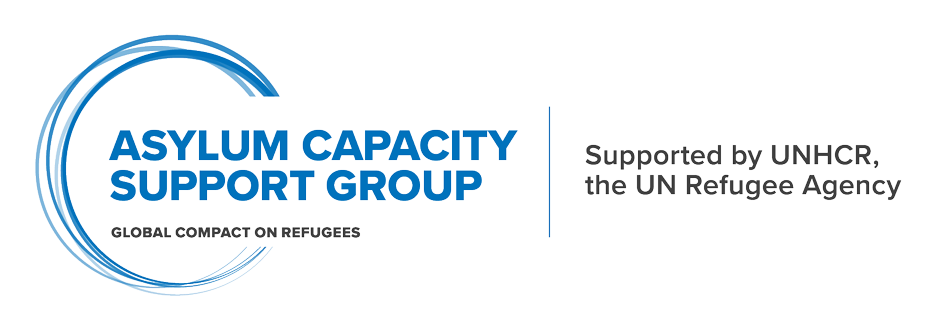Identifying the Best Institutional Architectures in Governance of the Right to International Protection in Europe and Their Transferability to Other Regions; We identify the institutional architectures of asylum determination that advance the human rights of asylum seekers. Asylum decision-making is a central component of the international refugee system. It is organized in a variety of ways. Central governments, asylum boards, civil society organizations, courts of law, police and border authorities, and foreign governments are deployed in different capacities. Involvement or absence of some actors in asylum procedures influence the quality of asylum decisions. GRC implies certain frameworks of collaboration between international organizations, states, the EU, refugee aid organizations, faith organizations, and other non-state organizations. It lists organization categories expected to participate in governance of international protection. While prescribing common goals for protection, the GRC does not elaborate on details of collaborative institutional arrangements. The EU’s asylum procedure reform gives a detailed description of an asylum determination procedure that its Member States are expected to deploy. Neither the GRC nor the EU’s Asylum Procedures Directive, however, give any prescription on the institutional architectures in which asylum decisions are to be made. We identify the institutional architectures that perform best in the EU. We assess how the GRC is changing the existing institutional architectures and how the UNHCR and the EU can go about for re-directing the institutional architectures.
University of Bergen (Norway)
Regions: Europe
Contributors: Academics and researchers
